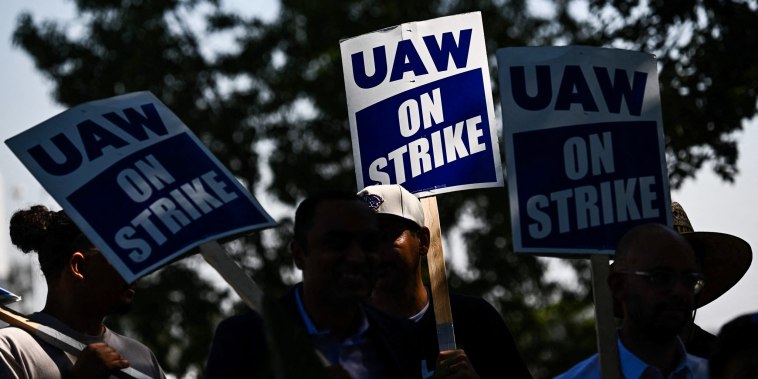In recent years, labor movements have gained a significant amount of momentum in the United States. Following years of inequality, stagnant wages, and weakened unions, workers have begun to fight for their rights and collective bargaining power like never before. From teachers to fast-food workers, Americans across the country are striving to increase their wages, improve work conditions, and ensure basic workplace protections.
Fueled by social and political unrest, labor organizations like Fight for $15 and the Teamsters have mobilized workers of all ages and backgrounds to join together and demand better. In states like California, New York, and Illinois, the fight for a livable wage has raised the minimum wage to historic levels. Elsewhere, workers are working to unionize and join a national effort to bargain for wages and benefits.
Of course, the successes of labor movements are not without their drawbacks. In many cases, workers’ rights are still lacking or worse off than before. Companies are being forced to close or relocate, potentially taking many jobs with them. Additionally, wage increases are often eaten up by rising housing and health care costs, leaving many workers struggling to make ends meet.
So, what happens when the dust finally settles? It is hard to say for sure, but it appears that in the near future, labor organizations and unions will remain a powerful force in the US labor market. Workers will continue to fight for their rights and collective bargaining power. As these movements continue to gain steam, businesses may be forced to make changes in order to remain competitive. Whether employers succeed in adapting and adopting these changes will be the deciding factor in where American workers go next.
The U.S. Unions: Is the Push for Power Here to Stay?
previous post
